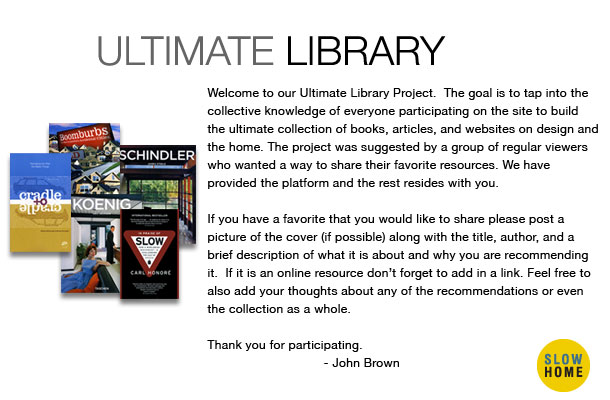
Books
-
Paul C
-
Wayne M
-
Gerard Cadger
-
Gerard Cadger
-
Kevin M
-
Louis Pereira
-
James Scott
-
Matt Nolette
-
Louis Pereira
-
Jim Argeropoulos
-
John Y
-
John Y
-
Terri
-
Steve
-
James Scott
-
John Brown
-
James Scott
-
John Brown
-
James Scott
-
Terri



